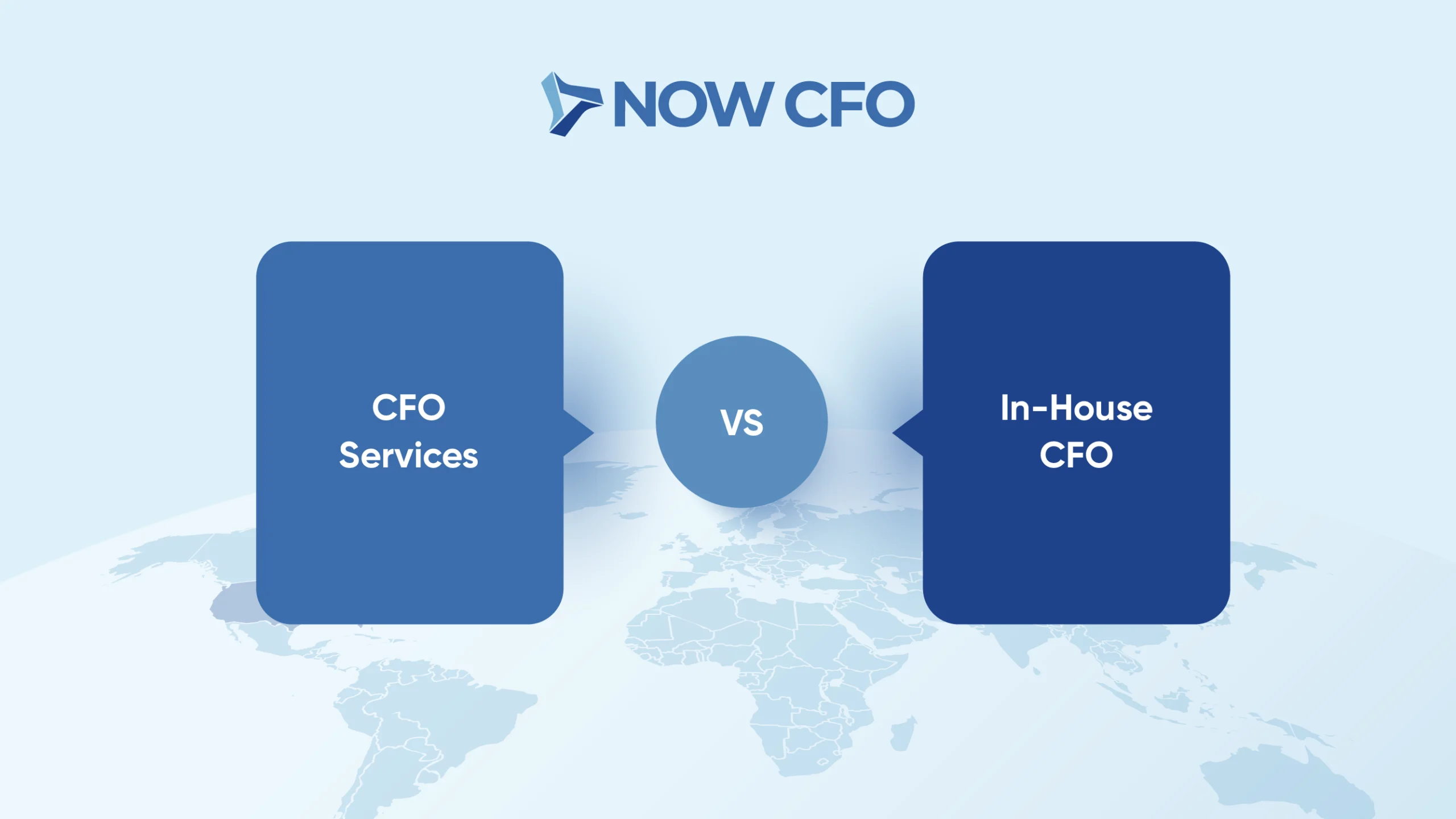
Revenue vs Profit
In finance and business, two crucial terms often take center stage: revenue and profit. These terms may sound similar but represent distinct financial concepts with significant implications for a company’s success.
Revenue: The Lifeblood of Business
At the heart of any enterprise lies revenue, which encapsulates the total income generated through a company’s primary operations. Revenue is sometimes called “sales,” representing the top line of a company’s income statement. In essence, revenue is the money a company receives from selling its products or services to customers.
Understanding Revenue
- Gross Revenue: This is the total income generated by a company from its core business activities before deducting any expenses, discounts, or allowances. It’s the initial figure you see on a company’s financial statements.
- Net Revenue: Also known as “net sales,” this figure represents the revenue left after deducting returns, discounts, and allowances. Net revenue is a more accurate reflection of the actual money a company earns from its sales.
- Operating Revenue: This term is often used to distinguish revenue generated from a company’s core operations from other sources, such as investments or one-time gains.
- Revenue Recognition: This accounting principle governs when and how revenue should be recognized. It ensures that revenue is recorded in the appropriate accounting period, aligning with when it’s earned and realizable.
Profit: The Bottom Line
While revenue represents a company’s total income, profit is the ultimate financial goal. Profit, often called “the bottom line,” remains after deducting all expenses from revenue. It measures a company’s financial performance and ability to generate income beyond its costs.
Understanding Profit
- Gross Profit: Gross profit is the amount left after subtracting the cost of goods sold (COGS) from revenue. COGS includes expenses directly tied to producing the products or services sold.
- Operating Profit: Also known as “operating income” or “operating earnings,” this figure reflects the profit generated from a company’s core operations. It accounts for operating expenses such as salaries, rent, and utilities.
- Net Profit: Net profit, often called “the bottom line,” is the final profit figure after subtracting all expenses, including taxes and interest, from revenue. It represents the true profitability of a company.
- Profit Margin: Profit margin is expressed as a percentage and indicates how much profit a company makes for each dollar of revenue. It’s calculated by dividing net profit by revenue and multiplying by 100.
Calculating Revenue and Profit
- Revenue Calculation: Calculating revenue is straightforward. Add up all the money from sales, including any fees, discounts, or allowances.
Revenue = (Price per Unit × Number of Units Sold) + Other Income
- Gross Profit Calculation: To calculate gross profit, subtract the cost of goods sold (COGS) from the total revenue.
Gross Profit = Revenue – Cost of Goods Sold (COGS)
- Operating Profit Calculation: Operating profit is determined by subtracting operating expenses from gross profit.
Operating Profit = Gross Profit – Operating Expenses
- Net Profit Calculation: To calculate net profit, deduct all expenses, including taxes and interest, from operating profit.
Net Profit = Operating Profit – (Taxes + Interest + Other Expenses)
Interpreting Revenue and Profit
Understanding the differences between revenue and profit is crucial for assessing a company’s financial health. While revenue indicates the scale of business activity, profit reflects its sustainability and profitability. A company can have substantial revenue but still operate at a loss if expenses exceed income.
Striking a Balance
Revenue and profit are fundamental financial metrics that provide insights into a company’s financial performance. By mastering the art of calculating, interpreting, and leveraging these metrics, businesses can make informed decisions, drive growth, and thrive in the competitive landscape. So, whether you’re a seasoned entrepreneur or a budding business owner, remember that understanding the difference between revenue and profit is the key to financial success. To navigate this financial landscape even more effectively, consider partnering with experienced professionals specializing in accounting and financial management, such as the experts at NOW CFO. Our expertise can help you optimize your revenue and profit, ensuring a prosperous future for your business.
Get Your Free Consultation
Gain Financial Visibility Into Your Business
We provide outsourced CFO, fractional CFO, and temporary CFO, Controller, and operational Accounting services that suit the needs of your business.
- Hourly Rates
- No Hidden Fees
- No Long Term Requirements
NOW CFO provides the highest level of expertise in finance and operational accounting to accelerate results and achieve strategic objectives for sustainable growth and success.
After completing the form, a NOW CFO Account Executive will reach out and learn more about your needs so that we can pair you with the right Partner.
Learn More: The 3 Key Financial Statements














